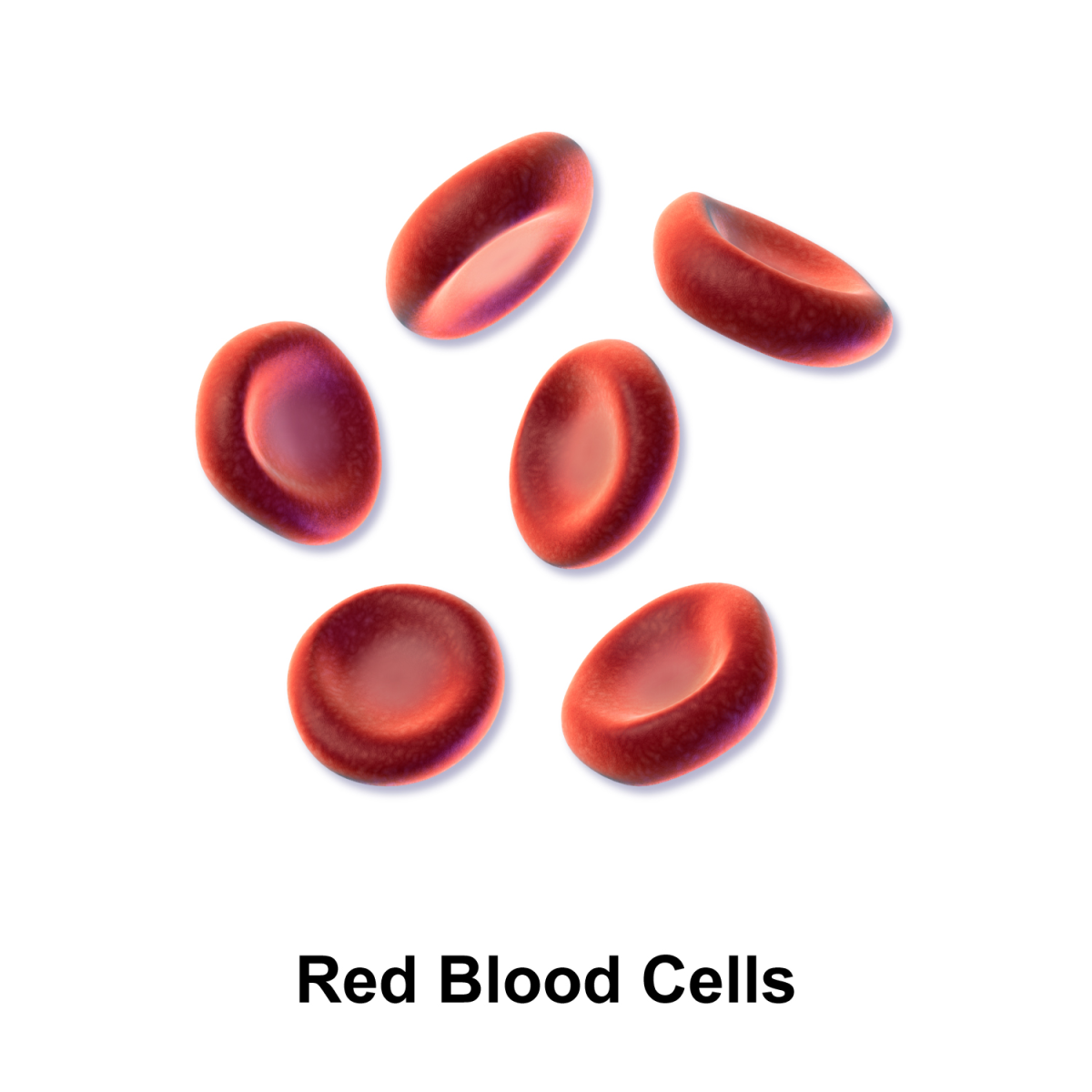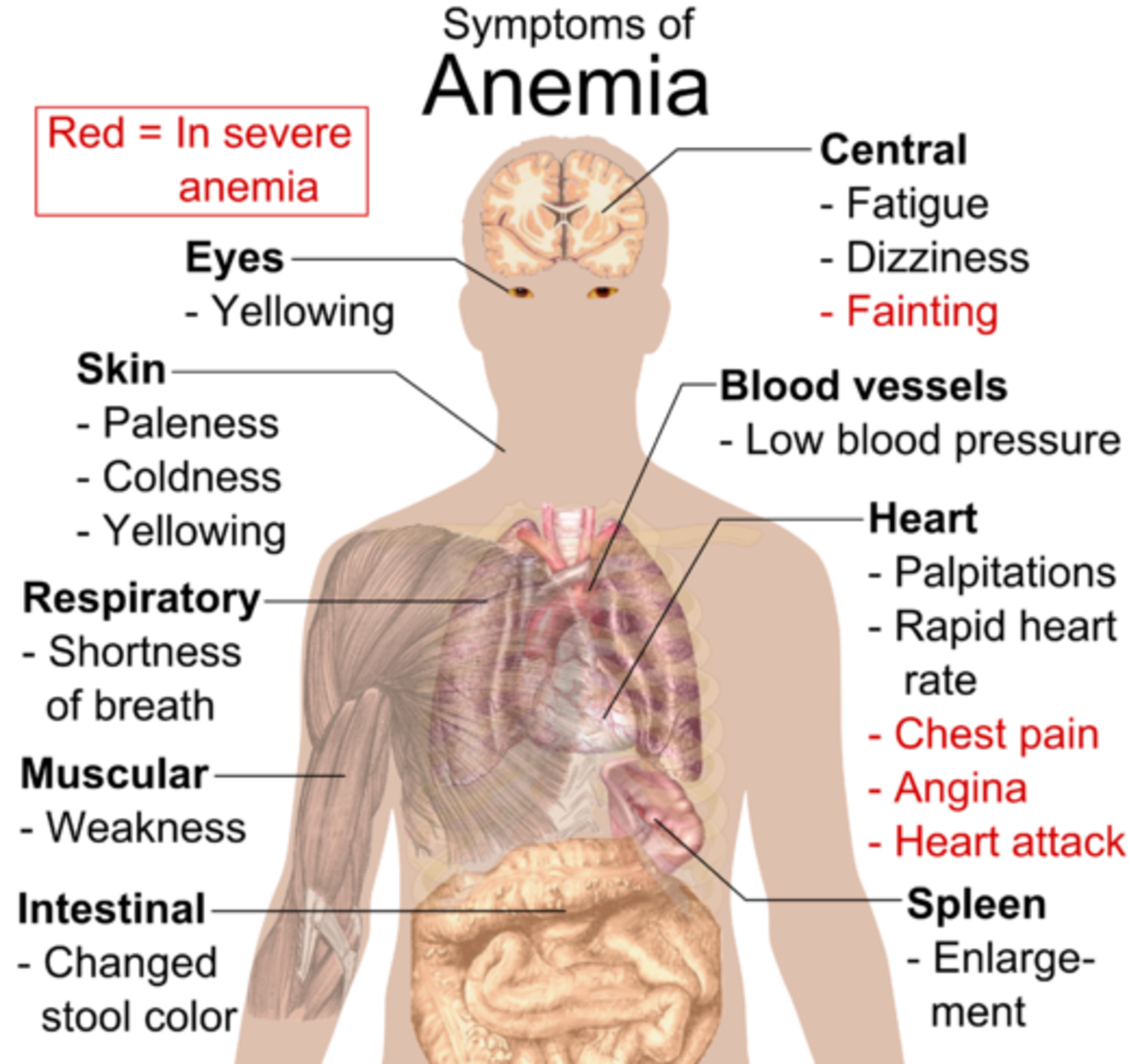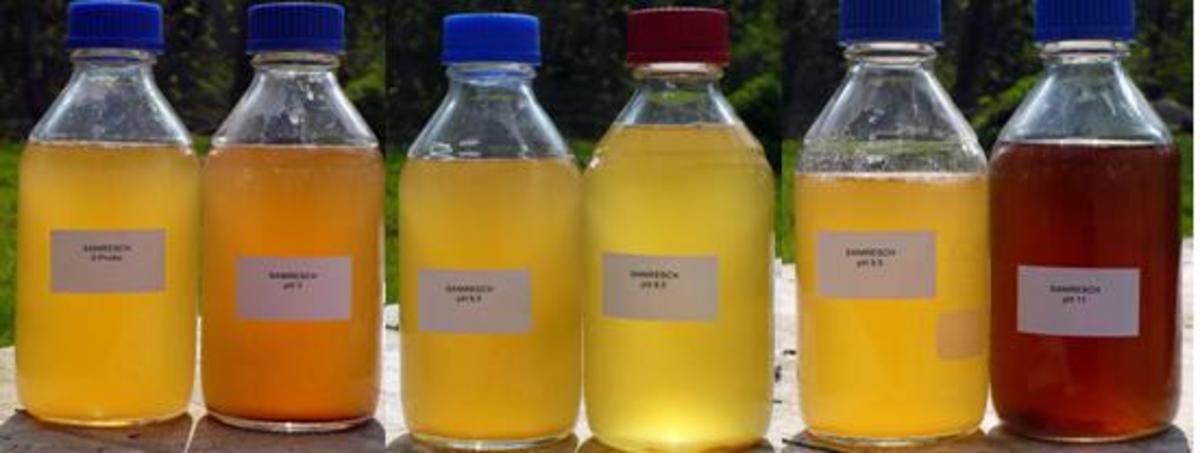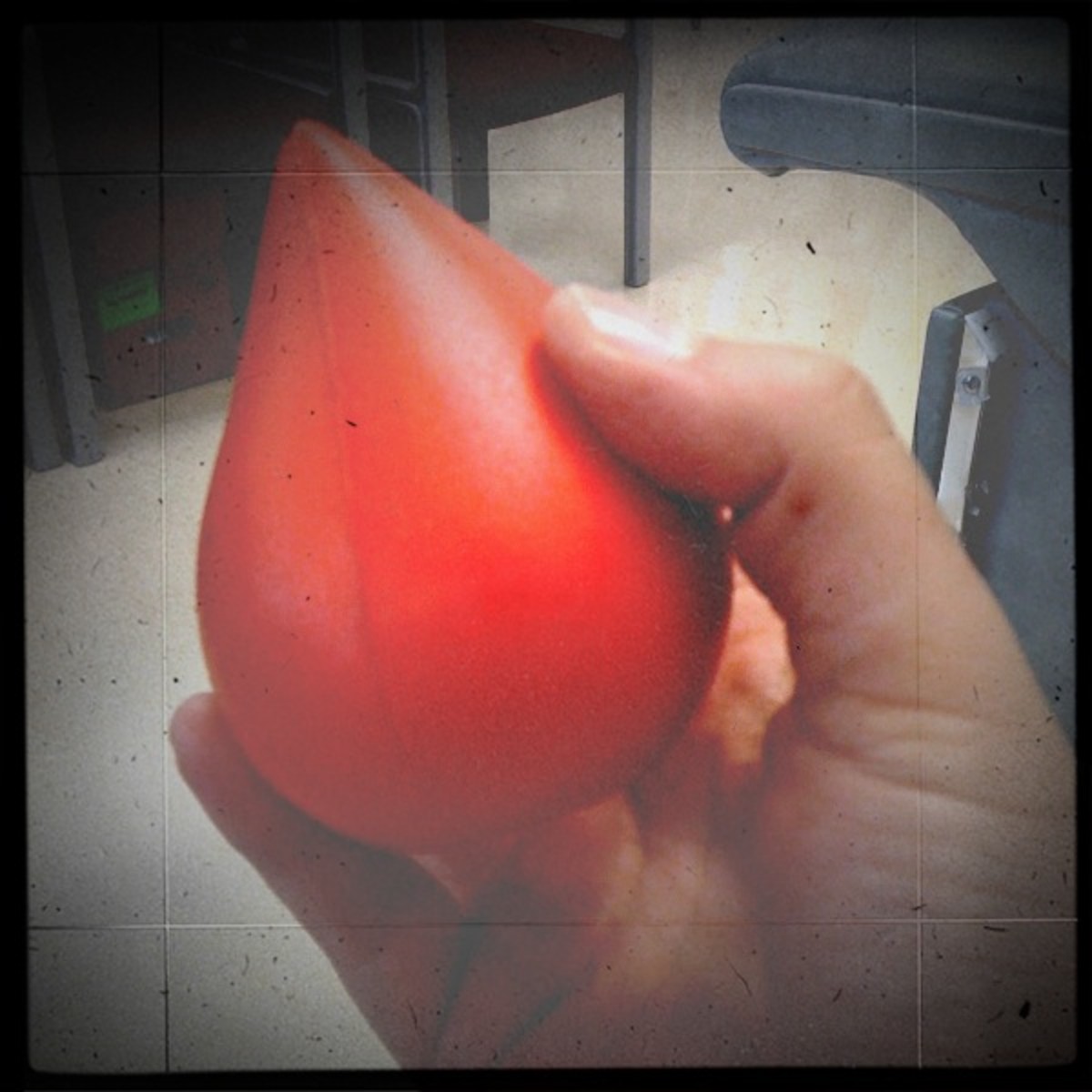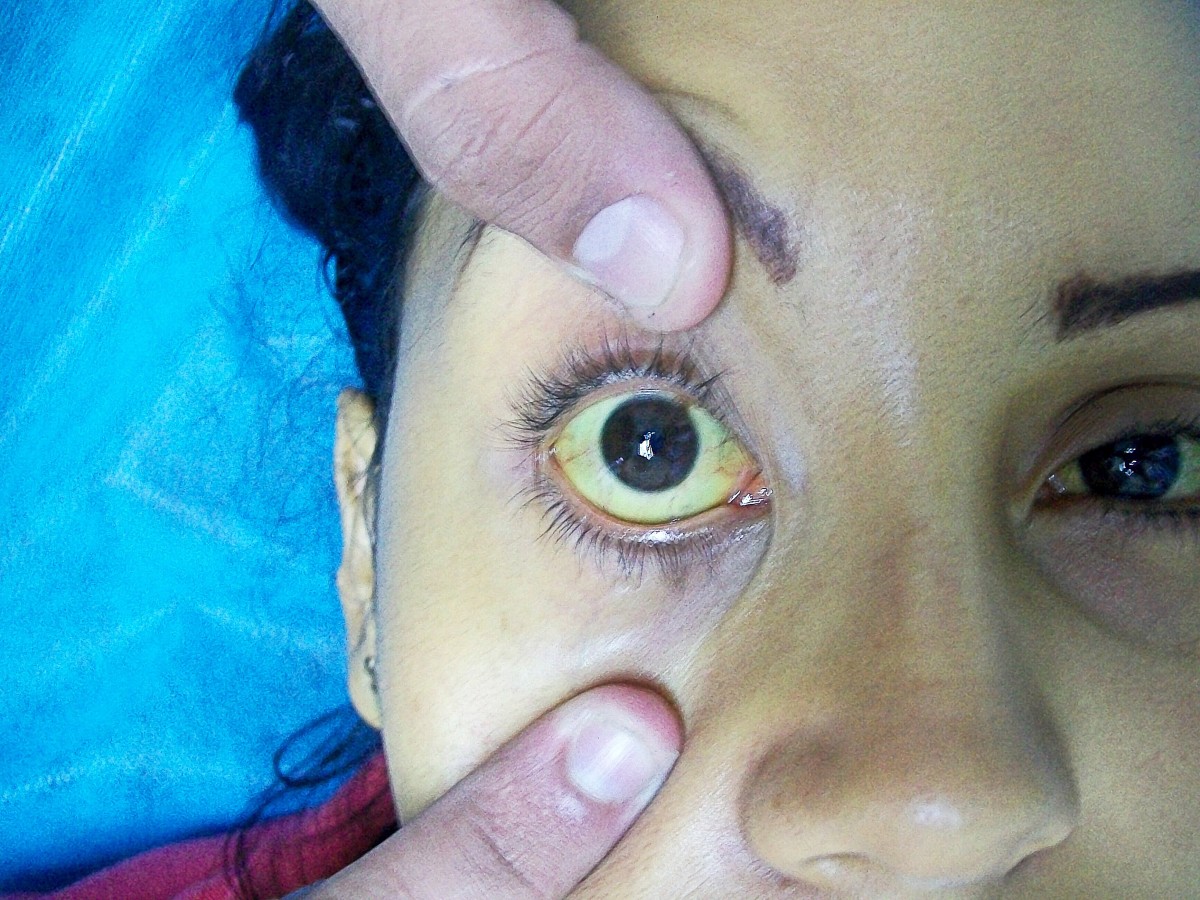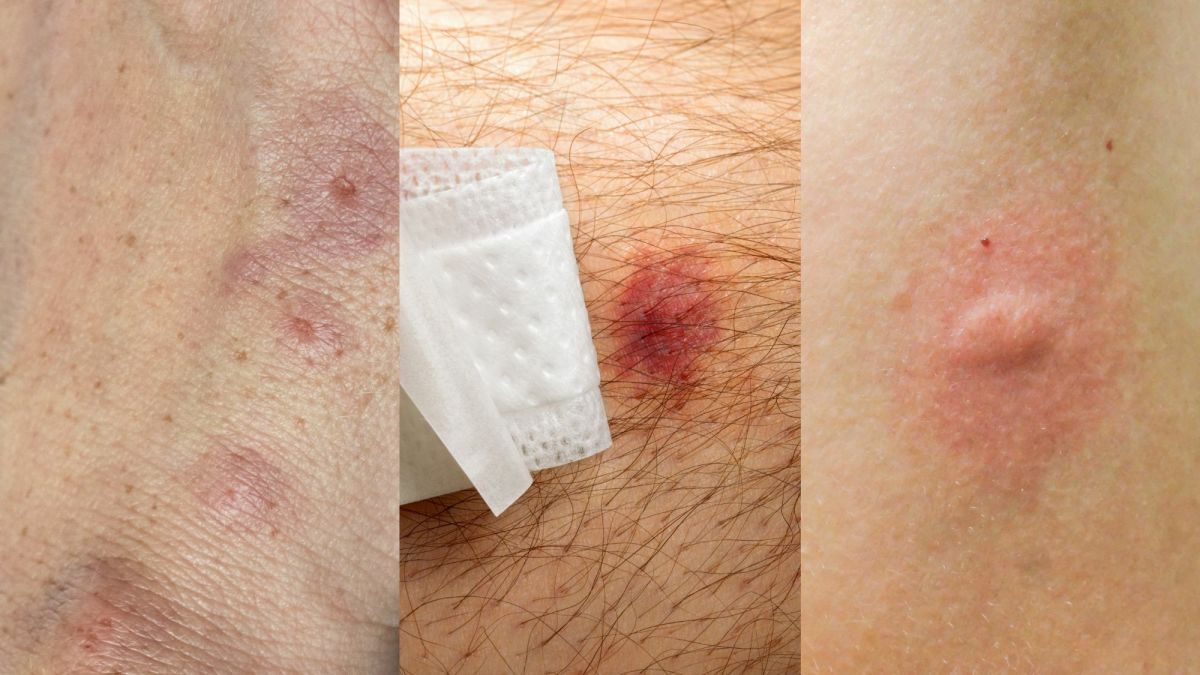Anemia - Detection, Causes, Symptoms, Treatment
Our body tissues need a continuous supply of nutrients, oxygen, and electrolytes for normal function. Red blood cells are the main component of blood on the cellular level and are also called RBCs or erythrocytes. These red blood cells contain hemoglobin, which is made up mostly of protein, which transports oxygen from lungs to the whole body. Anemic patients have reduced hemoglobin or red blood cells in their body which causes the blood not carrying enough oxygen from lungs to other body parts causing tiredness, weakness, inability to exercise, and a mild constant headache. This condition is known as anemia.
How anemia is detected?
For detecting anemia, doctors perform a blood test which determines the total percentage of red blood cells present in the body. After some laboratory evaluation, if it is found that RBCs are below normal range, then it is determined that the patient has anemia. The degree of anemia whether it is severe or minor also depends on ratio of red blood cells.
What causes anemia?
Hemorrhage – The major cause of anemia is bleeding. Anemia can become severe when there is loss of blood following an accident, major surgery, or cesarean section during childbirth.
Most common anemic conditions that result from chronic or long-term bleeding are:
- Recurrent nose bleeds.
- Untreated chronic hemorrhoids.
- Excessive menstruation
- Stomach ulcers.
- Bleeding caused by tumors in the kidney or bladder.
Types of anemia
Low red blood cell production leading to anemia
Production of red blood cells requires many nutrients including vitamin B-12, iron, folic acid, vitamin C, copper, riboflavin, and maintenance of proper balance of hormones. If there is inadequate amount of these nutrients, it can generate anemia. Anemia should be treated according to the needs of the patient which is determined by clinical examination.
Hemolytic anemia is a case of excessive destruction of red blood cells
RBCs have an average lifespan of approximately 120 days. At the time of aging of these cells, they diminish from bone marrow, spleen, and liver. If this cell destruction exceeds the production of new RBCs, there are chances of a person getting hemolytic anemia. Hemolytic anemia includes sequestration of iron by spleen, RBC destruction mediated by antibodies, defective function of erythrocyte membranes, and abnormal hemoglobin values.
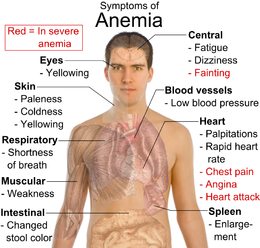
Iron deficiency anemia
Iron deficiency is most common nutritional deficiency in the world. Our body has the power to recycle the iron, but it is difficult when there is blood loss on a frequent basis. As our body's iron stores are very small, the missing iron should be replaced with iron supplements. Many foods contain iron, but the best source is meat. If our body’s iron stores get depleted on a frequent basis, we can develop iron-deficiency anemia or chronic and severe anemia also called as anemia of chronic disease with signs and symptoms of: pallor skin, spoon shaped nails, a pathological desire to eat paint and dust), craving for ice, weakness and tiredness in whole body, swollen tongue , and changes in cognitive behavior.
Once anemia is diagnosed, doctors need to correct the cause of its deficit first and then give high doses of iron Drug therapy is administered to the patient with iron supplements on a daily basis for many weeks and this therapy is done until number of RBCs and iron stores return back to normal, but doctors need to be cautious about providing iron therapy to anemic patients and should limit the dosage accordingly as long term iron therapy can cause iron overdose in the body which is really fatal to some important body parts.
Symptoms of Anemia
Some anemias may or may not produce symptoms but some symptoms are:
- Weakness and tiredness.
- Dizziness or lightheadedness when sitting or rising to stand.
- Frequent sweating.
- Rapid breathing.
- Weak and rapid pulse.
- Spots in visual fields.
- Irritability.
- Strange behavior and conduct.
- Low blood pressure.
- Skin paleness, coldness, and yellowing.
- Shortness of breath.
- Heart palpitations and rapid heart rate.
- Yellowing of eyes as in jaundice.
- Spleen enlargement.
- Muscular weakness.
In cases of severe anemia:
- Chest pain.
- Angina.
- Heart attack.
Treatment of anemia
Treatment depends on intensity of anemia. In a case of sudden anemic attack, it is necessary to control the bleeding and perform a red blood cell transfusion immediately. If the loss has occurred slowly and is a less severe anemia, the body can produce enough red blood cells, but then also most anemics need iron supplements. Also as you know there are many types of anemia and each requires an accurate diagnosis to apply the best treatment. In treatment of anemia, first of all it is necessary to define what type of anemia a person has. Untreated anemic patients are at risk of fatal injuries to body parts and even death, so it is really important to undergo proper treatment for anemia.

